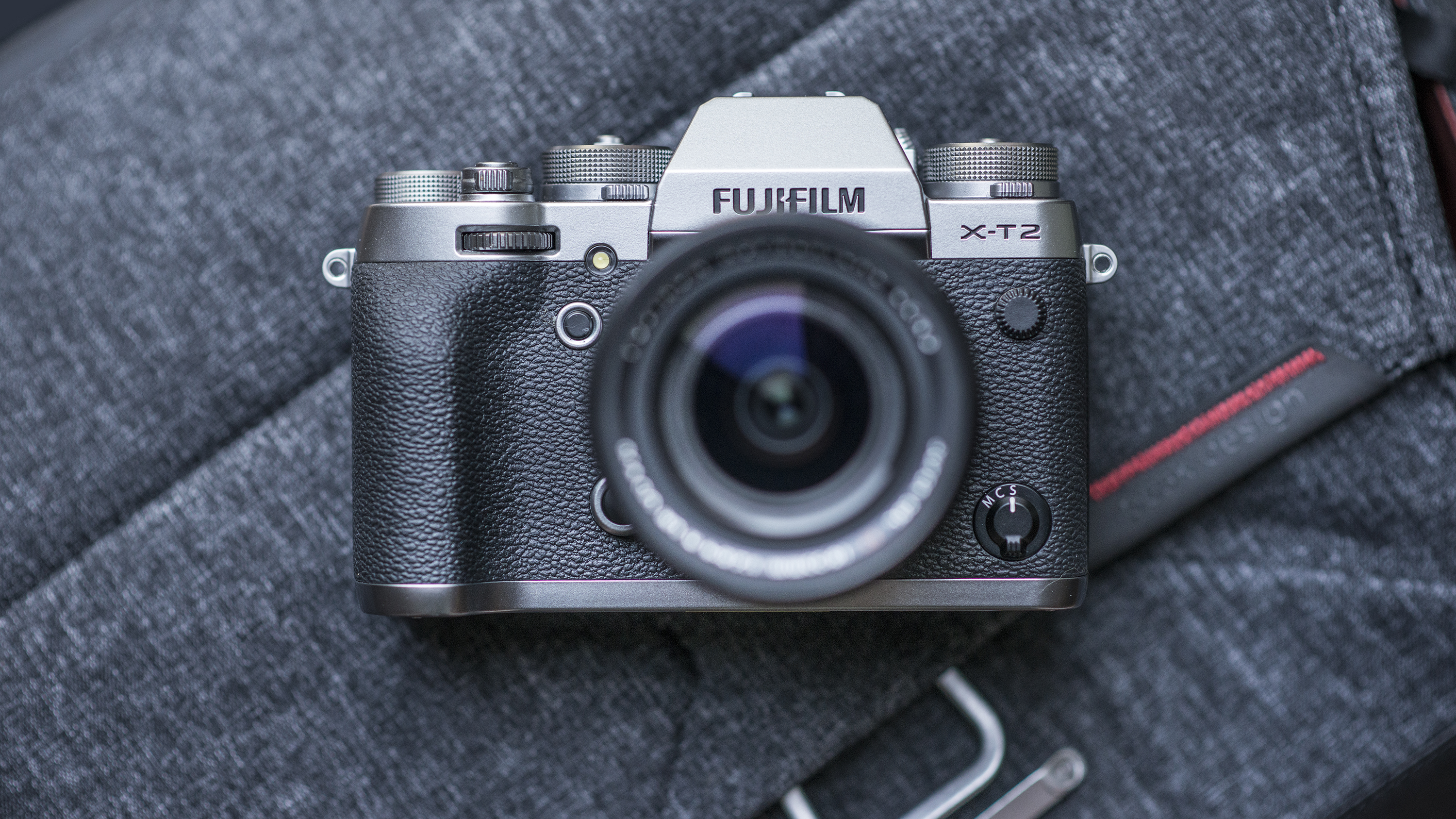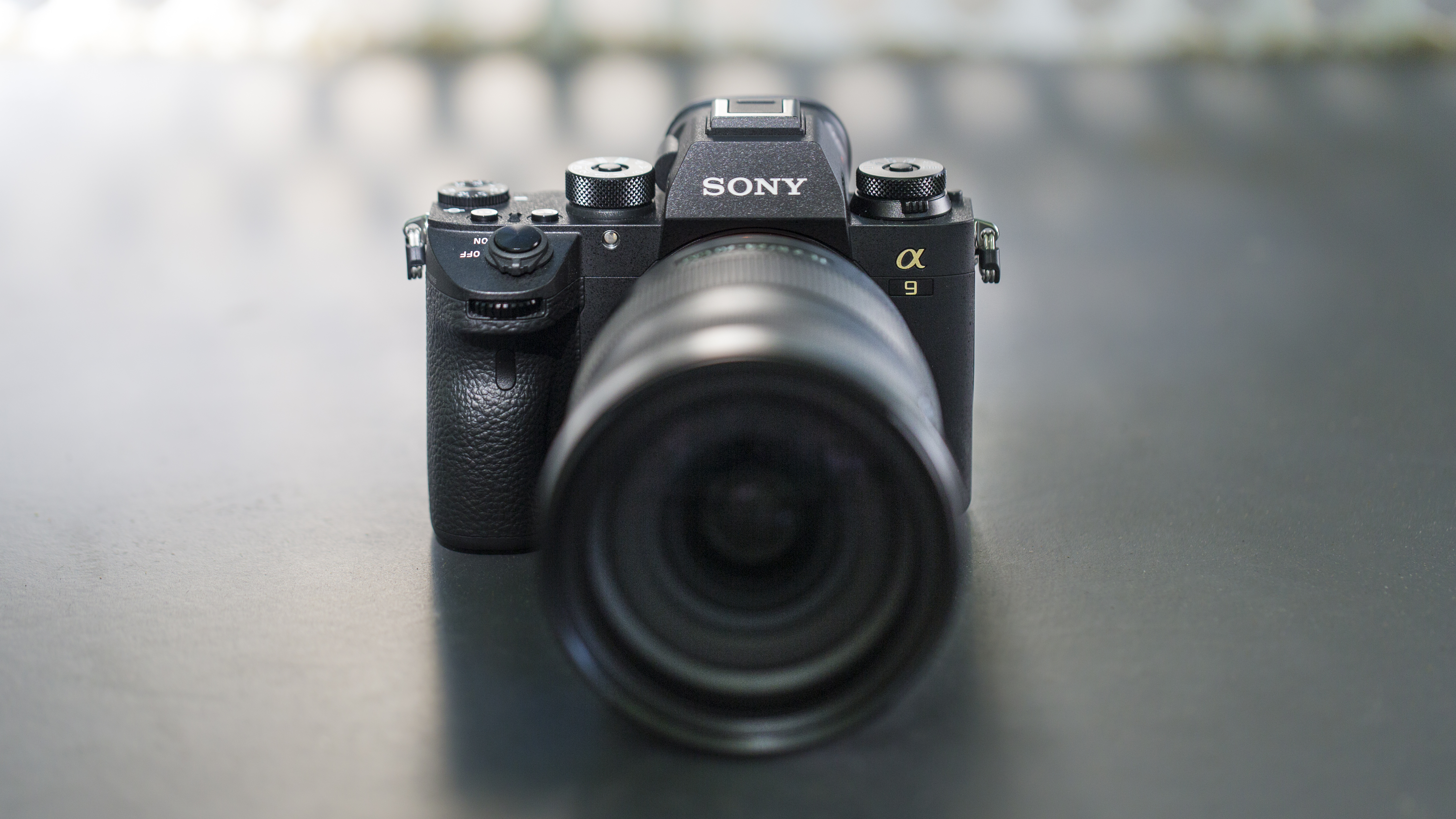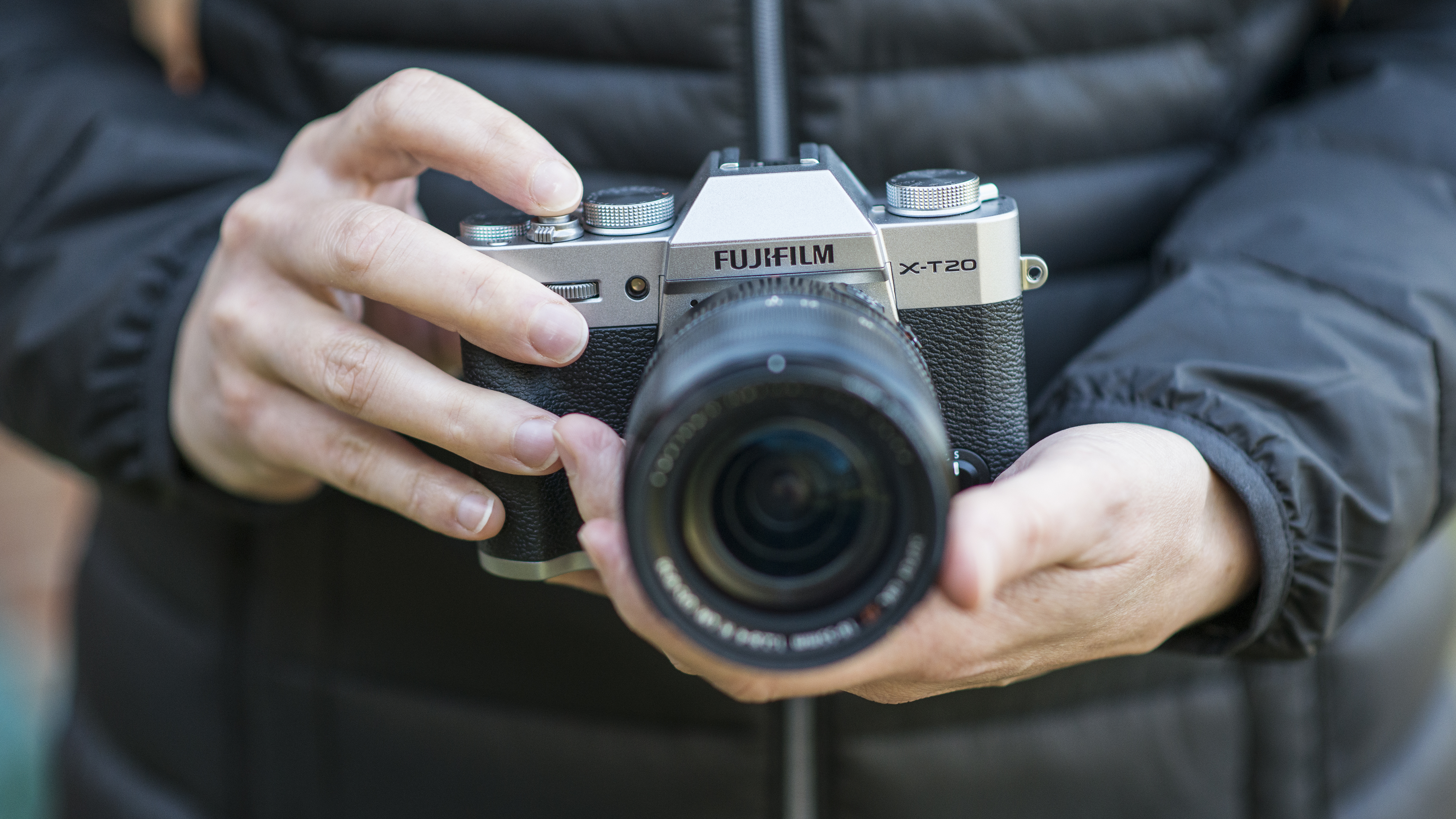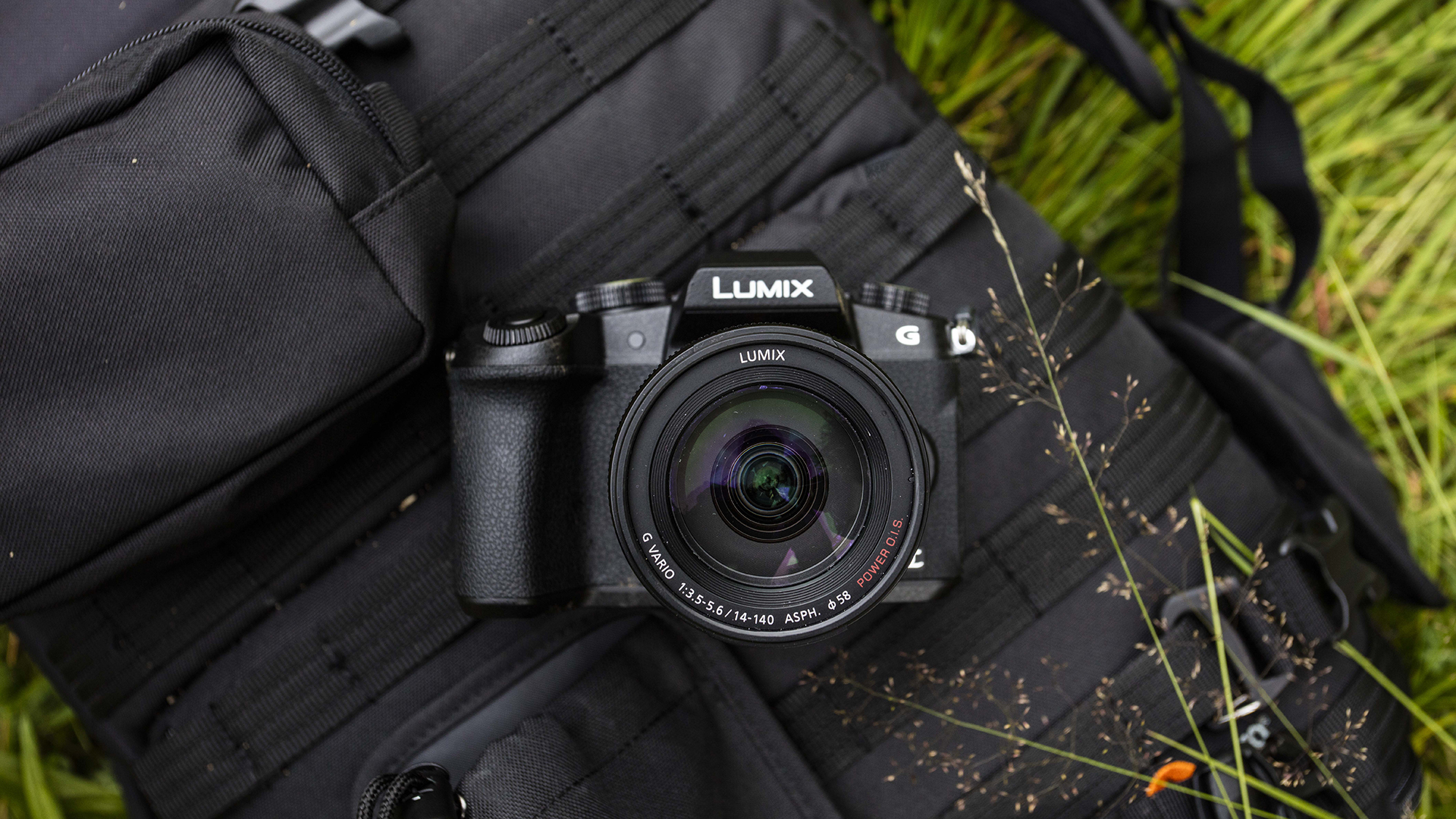The 10 best mirrorless cameras in 2018
Mirrorless cameras have become hugely popular in recent years. This is thanks to the fact that they keep the big sensors and interchangeable lenses of DSLR cameras, but ditch the mirror mechanism, allowing camera manufacturers to produce smaller and lighter, and often simpler cameras.
Mirrorless cameras are also known as compact system cameras or CSCs, and there's now never been more choice, with a model to suit everyone. From simple to use entry-level models to sophisticated full-frame monsters to rival the very best DSLRs, there's bound to be a camera to suit your needs.
Is a mirrorless camera better than a DSLR then? There are still pros and cons to both designs, so if you want to find out more, read this: Mirrorless vs DSLR cameras: 10 key differences
Some mirrorless cameras have a compact, rectangular body, some are styled like DSLRs with a 'pentaprism' on the top – though this houses an electronic viewfinder rather than the optical viewfinder you get with a DSLR.
Be aware, too, that most cheaper mirrorless cameras don't come with viewfinders at all – instead, you compose the photo on the rear screen, just as you do with a compact camera or a smartphone. (If you're still not sure what kind of camera you need, read our easy to follow guide: What camera should I buy?)
What is the best mirrorless camera?
No two photographers are exactly the same – we're all looking for slightly different things from are photography. Some us might want a better camera than the one built into our smartphone, while others will want a high-end camera that has a range of creative controls and features, so we've ranked the 10 best mirrorless cameras you can buy right now based not just on specs, handling and performance, but size, simplicity and value for money too.

With the Alpha A7R III, Sony has taken one of our favorite mirrorless cameras and bolstered the performance to make it one of the most complete and versatile cameras available today. With a brilliant full-frame 42.2MP sensor that's supported by and advanced AF system and 10fps burst shooting, you no longer have to sacrifice performance for resolution or vice versa. This is a camera that would be equally at home perched on a mountain as in a studio or on the sidelines of a football match.
Read our in-depth Sony Alpha A7R III review

Fujifilm's update to the X-T1 may look similar at first glance, but there have been some big improvements and perhaps the biggest of all is the autofocus system. It's a huge leap forward compared with the system found in the X-T1, with AF tracking of moving subjects now much more precise and swift, while the level of sophistication and customisation is impressive too. Add in 8 frames per second burst shooting, a clever double-hinged rear display, bright EVF, Fuji's excellent 24.3MP X Trans III CMOS sensor and plenty of body mounted controls that's all wrapped-up in a tactile body, and you're left with one of the best cameras available today.
Read our in-depth Fujifilm X-T2 review

The Alpha A9 doesn't fail to impress. The AF system Sony has blessed its flagship camera with is not only incredibly quick, the tracking performance needs to be seen to be believed. Partner that with incredibly fast 20fps burst shooting, and a large and bright EVF that doesn't blackout when you're shooting, and you've got a camera that can mix it with the best that Canon and Nikon have to offer when it comes to shooting action.
Read our in-depth Sony Alpha A9 review

Aimed at enthusiast and semi-professional photographers, the Lumix G9 is certainly very competitively priced; you get a lot of camera for your money. Some might view the smaller Micro Four Thirds sensor as a bit of a compromise, but the pay-off is a compact and well-balanced system, and we were thoroughly impressed when we paired the G9 with the 200mm f/2.8 telephoto prime. Throw in 60fps shooting, polished handling and a wealth of advanced features and the Lumix G9 is a brilliant all-round mirrorless camera. Not to mention Panasonic's best mirrorless camera to date.
Read our in-depth Panasonic Lumix G9 review

The OM-D E-M10 Mark III might not be a massive leap forward over the Mark II, with much of the camera's specification remaining the same. However, Olympus has refined and tweaked one of our favorite mirrorless cameras to make it an even more tempting proposition for new users and enthusiasts alike. Some will criticise the smaller Micro Four Thirds sensor format (roughly half the area of APS-C) but the effect on image quality is minor and it means that the lenses are as compact and lightweight as the camera itself. Sporting a 5-axis image stabilization system, decent electronic viewfinder, an impressive 8.6fps burst shooting speed and 4K video, it's no toy – the E-M10 Mark III is a properly powerful camera.
Read our in-depth Olympus OM-D E-M10 Mark III review

Like the look of the X-T2 at the top of our list, but don't quite want to shell out that much for it? Fuji has the answer in the shape of the X-T20, which manages to distill many of the key features of the X-T2 including the excellent 24.3MP sensor and advanced AF system, but into a slightly more compact and affordable camera. The X-T20 feels very similar to its bigger brother in terms of build quality, while the tactile controls and polished handling make it a very satisfying camera to shoot with. The X-T20 will certainly hit the sweet spot for many photographers.
Read our in-depth Fujifilm X-T20 review

While not quite perfect, the G80 feature set and performance make it one of the most compelling mid-range mirrorless propositions around. Autofocus is very good, whether you’re using it for static or moving subjects, and processing speeds are fast, while the image stabilisation system is very effective whether you’re recording stills or movies. Image quality is generally very good, with the removal of the low-pass filter making a positive difference overall, and this is matched by strong 4K video quality, with plenty of video-related options. Together with a great EVF and LCD partnership, plenty of options over customisation and a broad range of compatible lenses, the G80 is a smash on a number of levels.
Read our in-depth Panasonic Lumix G80 / G85 review

The Lumix GH5 is the latest in the line of Panasonic's top-of-the-range GH series of mirrorless cameras, which over the years have carved out a niche for themselves among videographers thanks to their breadth of movie-making features. It's certainly one of the best 4K camera solutions out there, if not the best, before you start considering dedicated professional video cameras, and that video capability is backed up by a great set of features for the stills photographer.
Read our in-depth Panasonic Lumix GH5 review

You don't have to go full-frame to get the benefit of Sony's great camera technology and this APS-C format model makes a great choice for enthusiasts looking for an alternative to big, heavy DSLR. One of the challenges for CSC manufacturers has been to make their autofocus systems as good as the ones in DSLRs. The A6500's comes very close, especially in bright light; it's able to track moving subjects around the frame and as they move towards or away from the camera. There's also an excellent electronic viewfinder that makes it easy to see when the subject is sharp and correctly exposed. Image quality is very high and there's built-in Wi-Fi and NFC connectivity to allow to share images via a connected smartphone.
Read our in-depth Sony Alpha A6500 review
Contributer : Techradar - All the latest technology news https://ift.tt/2yUy9YA

 Reviewed by mimisabreena
on
Sunday, May 13, 2018
Rating:
Reviewed by mimisabreena
on
Sunday, May 13, 2018
Rating:















No comments:
Post a Comment